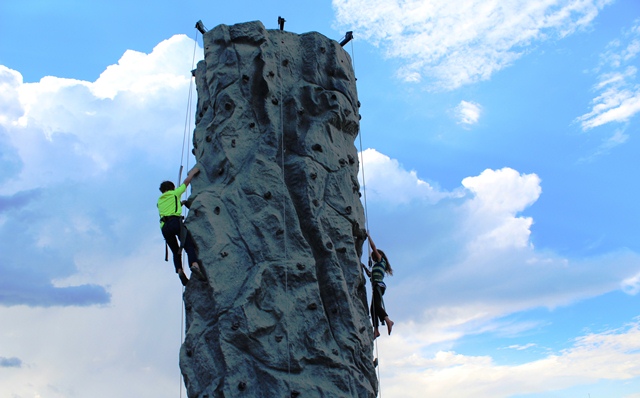
If you enjoy a spot of outdoor activity and are constantly looking for one that will challenge you both physically and mentally, rock climbing is your solution. Using the muscles in your arms and legs to pull yourself up a rock face takes strength and control, while the mental ability comes into play when figuring out where to place your hands and feet, so that your muscles can do their job.
The basic rule of rock climbing is simple – trying to climb from the bottom to the top in the least amount of time. As you learn to reach and stretch your limbs to find the tiny holds that your fingers and toes will grip into in order to stay on the wall, your body will be working to provide balance, coordination, and mental focus. Apart from that, rock climbing also addresses four components of physical fitness such as muscular strength, muscular endurance, body composition and flexibility.
Naturally, this is a sport which people participate in mostly for personal satisfaction and does not offer much for spectators. For those who get bored of a workout routine easily, fret not, for rock climbing is a sport that comes in several different forms today.
1. Traditional rock climbing
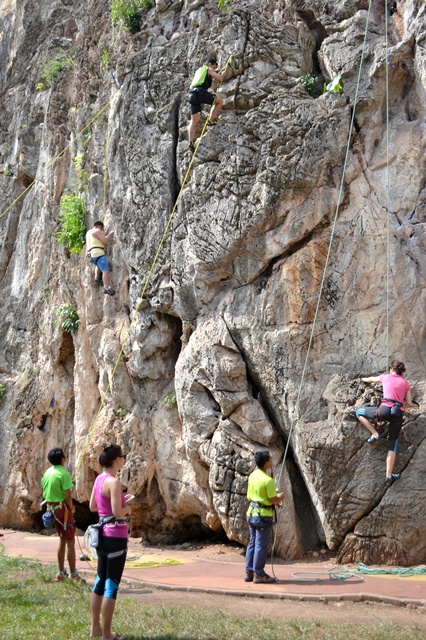
Traditional climbing is the sort of climbing you typically see in movies and in nature documentaries. Connected by a rope, pairs of climbers wearing harnesses scale a rock face while carrying racks of specialized equipment. As they proceed, the climbers place wedges, nuts and other forms of protection from their racks into the cracks in the rock. The rope is hooked to these pieces of protection so that, if a climber falls, the rope catches them.
2. Sport climbing
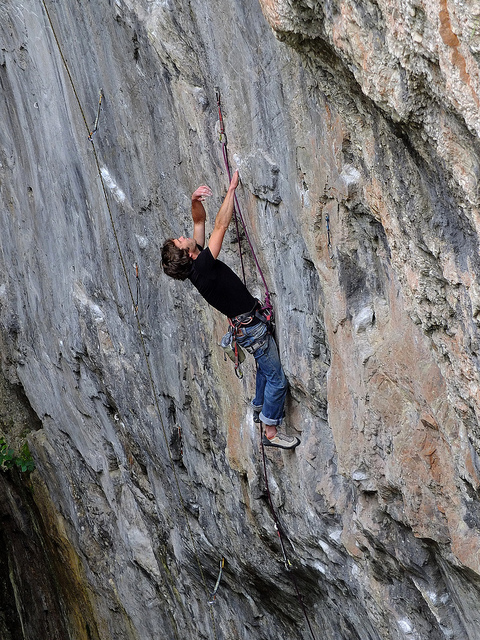
Photo credit: Phil @ Delfryn Design / Foter / Creative Commons Attribution-NonCommercial-ShareAlike 2.0 Generic (CC BY-NC-SA 2.0)
Sport climbing is like traditional climbing in most respects, except that the protective pieces are permanently bolted into the rock. The climber doesn’t have to carry protection with them or place it along the way. This makes sport climbing safer, faster, and less expensive than traditional climbing.
3. Indoor climbing
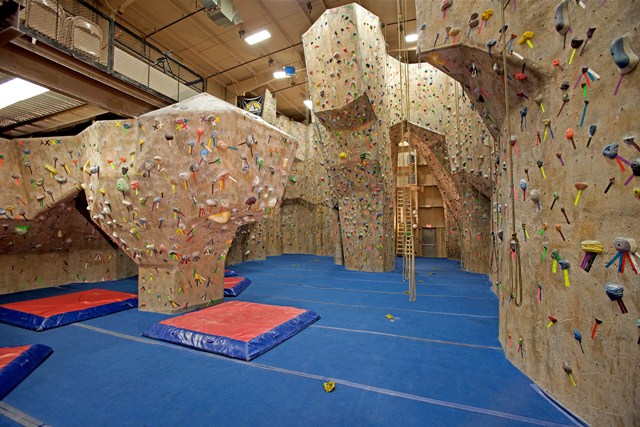
Indoor climbing is like sport climbing, except that climbers scale indoor climbing structures made of plywood or concrete and hold onto artificial handholds and footholds bolted onto the structure. Indoor climbing facilities range from walls in retail shops to 12,000-square-foot gyms dedicated entirely to climbing. The walls usually consist of a faux-rock surface with strategically placed “holds.” Holds are made from colorful, synthetic materials to mimic the shapes and textures one might find on real rock. In a gym, the holds are rearranged every few weeks to keep the routes fresh.
4. Bouldering
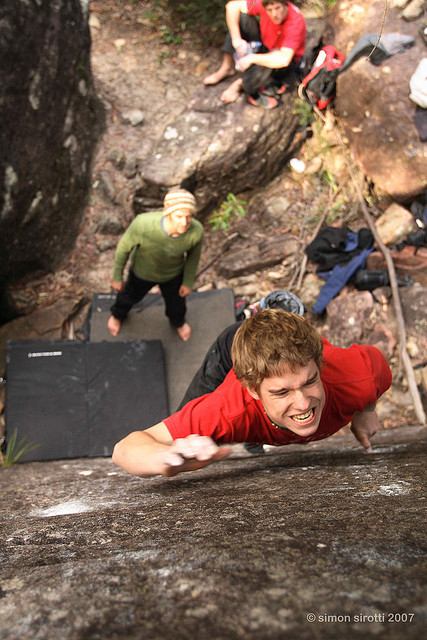
Photo credit: Le Singe / Foter / Creative Commons Attribution-NonCommercial-ShareAlike 2.0 Generic (CC BY-NC-SA 2.0)
Bouldering is a branch of rock climbing, performed at low level, usually above crash mats, and without the hindrance of equipment normally associated with climbing. It involves climbing short routes on specially designed walls of a lower height, removing the need for ropes, harnesses and other expensive equipment. Instead, the floor is covered in thick crash matting for added safety.
Source: The Expat Magazine May 2014
Homepage Highlight Photo credit: why 137 / Foter / Creative Commons Attribution 2.0 Generic (CC BY 2.0)
Read more:
- Top 4 Places to Hike in KL and Selangor
- Top 10 Tips for Running in Malaysia
- 8 Ways to Spice Up Your Fitness Routine
What are your thoughts on this article? Let us know by commenting below.No registration needed.
"ExpatGo welcomes and encourages comments, input, and divergent opinions. However, we kindly request that you use suitable language in your comments, and refrain from any sort of personal attack, hate speech, or disparaging rhetoric. Comments not in line with this are subject to removal from the site. "


















